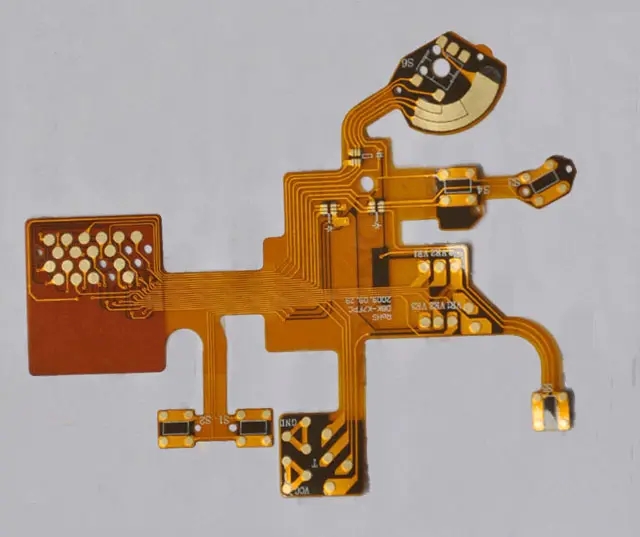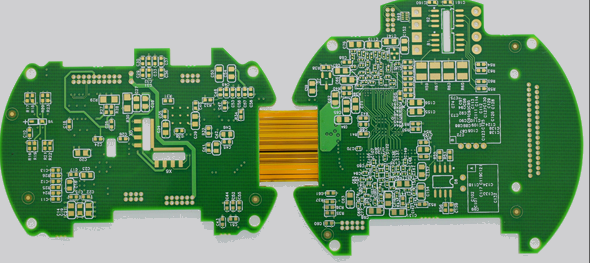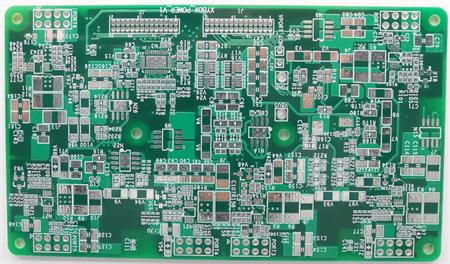
1. Make a preliminary analysis of the fault
To advocate the courage to do something is not to encourage reckless action. The symptoms are the same, but the causes are not necessarily the same. It is obviously not wise to blindly replace components when encountering the same failure phenomenon. If there is a little doubt during maintenance, they are eager to replace components, which may also cause many new faults, bringing trouble or increasing difficulty to maintenance. In serious cases, a piece of expensive circuit board will be disassembled in disorder, which will be completely scrapped and unrecoverable.
So what is the right approach? It should be carefully checked and relevant devices should be carefully measured. For example, if a device is found to have abnormal function through inspection, it is not necessary to immediately assert that the device must be broken, but it is necessary to further inspect the surrounding devices and wiring. Only through comprehensive investigation can we see the essence from the phenomenon.
The general steps of fault analysis are as follows:
⑴. The failure of the circuit board (ask the maintenance personnel).
⑵ Preliminary analysis of possible parts of fault distribution according to the fault phenomenon.
⑶ Make a simple fault flow chart according to the functional area division of the circuit board.
(4) Check step by step according to the fault flow chart, which is very helpful for accumulating judgment experience.
In addition, after the fault is repaired, all maintenance processes must be recorded and relevant maintenance data must be classified to guide future maintenance.

2. Prepare necessary tools and information materials
⑴ Prepare necessary measuring instruments, such as maintenance tester, multimeter (digital/pointer type), short circuit tracker, programmer, EPROM eraser, signal generator, frequency meter, storage oscilloscope, logic analyzer, etc. Prepare necessary maintenance tools, such as tweezers, IC pullers, thread cutting pliers, diagonal pliers, anti-static gloves, dedusting ear balls and brushes, non inductive screwdrivers, electrostatic pens, electric soldering irons, tin suckers, hot air guns, thermostatic blow welding tables, etc.
(2) Prepare commonly used components, such as TTL series, COMS series, commonly used memory series, commonly used LSI series, commonly used interface device series, commonly used analog switch series, etc. Also prepare a series of resistors (resistance banks), capacitors, inductors, transistors, etc.
Of course, it is difficult for anyone to be so well prepared. Even if such a complete preparation is made, it is not necessarily complete. Here is just a general list. Many things are only useful under specific circumstances. For example, although the short circuit between the power supply and the ground of a complex circuit board is caused by a certain device, the short circuit between the power supply and the ground of all devices appears during the test, which is very difficult to check. At this time, it is very simple to have a short circuit tracker.
(3) Before maintenance, the damage process of the faulty circuit board and the diagnosis report on the equipment shall be learned from the maintenance personnel, which is very important for correct and effective fault diagnosis.
If conditions permit, maintenance personnel should go to the site to actually check the fault phenomenon and determine whether the circuit board sent for repair is indeed faulty. That is to confirm whether the circuit board is correctly connected, firmly plugged, whether the setting is changed, and whether the steps for operating the equipment are correct. Many good circuit boards are often misjudged as failures due to the lack of experience of operators.
(4) Before maintenance, it is better to understand the logic level and logic waveform of each test point of the faulty circuit board under normal conditions, at least understand the function and purpose of each main component, and prepare the parameter manual of relevant components for reference and analysis at any time.
(5) Before the power on test, make sure the power type, positive and negative polarity, vulnerable components of the faulty circuit board and whether there are short circuits, missing parts and other problems. Take extra care during the initial power on test to avoid burning the board with the wrong power supply.
3. The same circuit board is very valuable for fault maintenance
The maintenance personnel should be able to ask the maintenance unit or the maintenance personnel to provide a good circuit board that is identical with the faulty circuit board or a bad circuit board that is identical with the faulty circuit board.
In current component level maintenance, many test instruments have relatively strong function of comparing good and bad circuit board components. The value of a good circuit board for successful maintenance is sometimes far greater than that of the circuit diagram, which can greatly improve the maintenance speed and one-time repair rate.
The bad PCBA board, which is identical to the faulty circuit board, is also of great reference value for maintenance. Because the fault points of two bad circuit boards are not necessarily the same, even if the fault points are the same, the degree of damage may not be the same. Therefore, it is more convenient and easy to repair several identical bad circuit boards at the same time than to repair a single bad circuit board.









